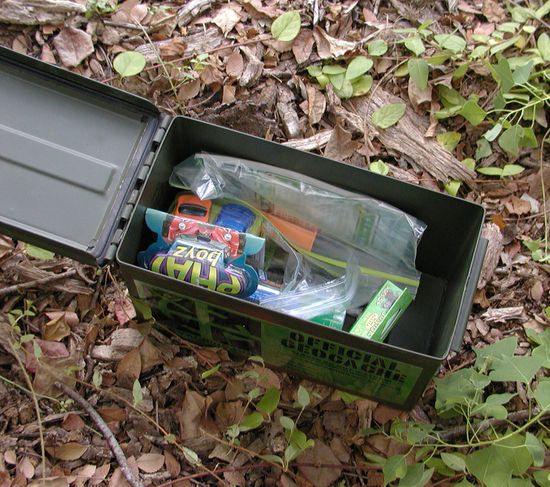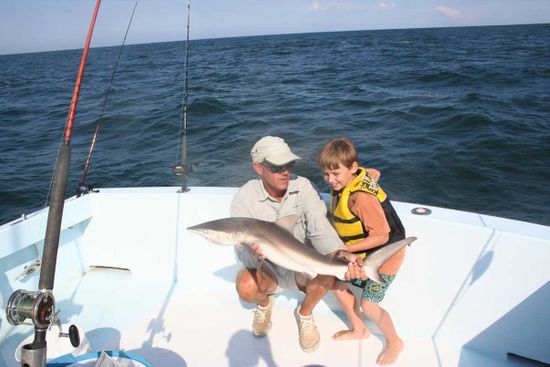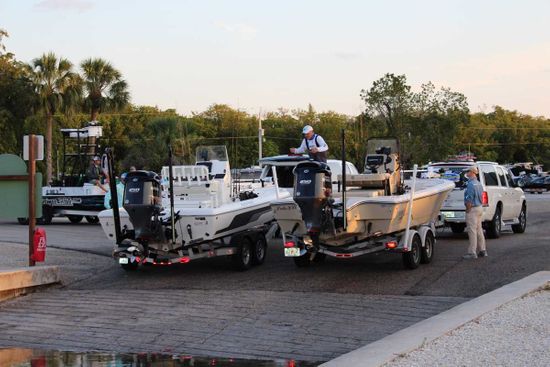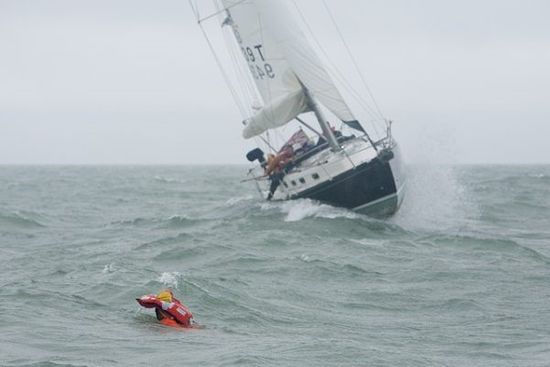Five Boating Adventures
Looking for a new boating experience? These five adventures are full of excitement!
We boaters love new challenges and experiences. Every time you cast off the dock lines, you don’t know what’s in store for you and your family. But sometimes, even boating can become a rut. Do you leave from the same slip and do the same-old, same-old all season long? Has the excitement gone out of the boating experience? Then it’s time for a new adventure in your boating life – the spirit of adventure flows through the veins of every boater. Fortunately, there are plenty of options out there. Here are some that are sure to get the blood pumping and put that wow-factor back into your boating life.
1. Go Geocaching

Geocachers can then use the GPS coordinates to find the caches. Many are landlocked, but you’ll also find plenty that is accessible by boat. When you find a cache, the idea is to take something out of it, but also leave something new behind. Most geocachers set up a logbook for every cache they create, seal it in a plastic bag, and leave it in a bucket or box in the cache. Every visitor is expected to sign it and leave some sort of personal message, note, joke, or some bit of wisdom. Years later, you can revisit your cache and see who’s been there.
Of course, most of the fun in this game is the adventure of getting there. It is not like you’ll discover chests of buried loot or plunder a pirate’s treasure, but the voyage is sure to be full of excitement. Geocaching can take you to new and wonderful places – an island, a beach, or wherever – who knows where you’ll end up. You can find all about how the geocaching game works at www.geocaching.com.
2. Try Shark Watching

Few creatures of the sea create an adrenaline rush like sharks do and, even if you’re not an angler, you can create a shark-watching experience that everyone in the family will remember for a lifetime.
You’ll need chum and bait, which you can buy at any local tackle shop. Or, if you really want to bring up the big ones, visit the fish cleaning station at a marina and abscond with the bodies of tuna, bluefish, and bonito that are in the fish bucket. You’ll need to grind the bodies into chum but this endeavor is worthwhile – sharks come to chum made with these gamefish.
If you can’t visit the fish cleaning station, you can buy a whole bunker or mullet at the tackle shop, or buy a bluefish or two from the seafood store. Then, tie a float (an old milk jug works just fine) to a 30’ (9.1 m) length of nylon cord. Leave about a foot of line beyond the float and use it to attach your bait.
You’ll find sharks all along the coast just outside most inlets and in the mouths of bays where they meet the ocean. Hotspots include areas with underwater features like humps or shelves, or where bluefish are congregated (a favorite food for several shark species). You can also find large numbers of hammerhead in areas where there are lots of tarpons.
Drop your anchor or drift over these hotspots and release your chum by poking holes in a chum bucket and hanging it over the side of the boat. (Frozen chum works best since it releases from the bucket slowly and steadily as it melts.) Then, put out your bait and keep your eyes peeled. When you spot a fin in the water, quickly bring your bait back to the boat to excite the shark into chasing it. When that large toothy critter comes swimming right up to the transom, everyone onboard is sure to let out a yell!
3. The Freshest Seafood Ever

You love fresh seafood, but gathering it yourself just isn’t your idea of fun? Then why not buy it right from the commercial fisherman? Pulling up next to a crabber, oystermen, or netter and getting your seafood on the spot is a neat experience, especially for kids. It also costs a lot less than seafood purchased in a store.
All you have to do is stop when you see a workboat gathering seafood, hail them on the radio (call on channel 16 then switch and talk on an open channel, like 68) and ask permission to come alongside. Obviously, this won’t work for large commercial vessels towing nets or dredges. Stick with workboats small enough to be maneuvered easily and don’t try to approach those that are pulling gear through the water. Once you are next to the fisherman, make him an offer he can’t refuse. Generally speaking, half the price of what you see in the store is a good starting point. For example, if crabs are going for $100 a bushel on land, offer a crabber $50. He may want a bit more, but there usually won’t be much haggling before he nods his head and fills your boat with fresh seafood.
4. Boat Ramp Follies

Plenty of folks go “people watching” on land but they’re missing out on half the fun. This experience is far more entertaining on the water – if, that is, you anchor near a busy boat ramp on a Saturday morning.
Kicking back in the deck chair, busting open a cool, frosty drink and watching the antics on shore is quite entertaining. Get there zero-dark-early to watch the serious fishing crowd (sunrise to 7:00); early-morning to get a glance at the less intense anglers (7:00 – 9:00); mid-morning to lay eyes on the watersports crowd (9:00 – 11:00) and mid-day to see the family boaters who can’t get their kids up and at ‘em before noon.
5. MOB Drill
When is the last time you held a man-overboard drill with the family on board? Not only is this exciting but it is also simply good seamanship. Keep this adventure a mystery and tell everyone you’re just going for a cruise or heading to a special fishing hole. Then, when no one expects it, toss a life jacket or cushion over the side and step away from the wheel. Next, announce “I have just fallen overboard. Who knows what to do?”

If you’ve ever discussed this situation with your crew – and we hope you have! – then they should know that the oldest child or adult who is close to the wheel should step in and take the helm while another crewmember points to the “man” overboard and keeps his or her eye on the “person” at all times. Anyone else with a free hand should immediately toss your throwable PFD (you know, the cushion you’re required to have handy at all times according to USCG regs) as close as possible to the MOB. The crew member at the wheel should chop the throttle and then initiate a Williamson turn: turn in the same direction as the person and, when you’re about 60-degrees beyond the original course, swing the wheel full-over in the opposite direction. Continue the turn until you’re 180-degrees from the original course and you’ll be headed directly at the MOB. Bring the boat upwind of the “victim” and then shift into neutral before you recover the MOB.
Now look at your watch and see how long the rescue took. If you have children on board, a great way to get them interested in drills like this is to offer them a reward if they can improve their performance. Offer to take them out for ice cream if they can knock 25-percent of the recovery time off, for example.
Get out on the water!
Whether you have a close encounter with a shark, search for hidden caches or go home loaded with seafood, these boating adventures are sure to put a little pizzazz back into your marine life. So, get out on the water and try something new. When it’s time to go out on the boat, it’s adventure time!